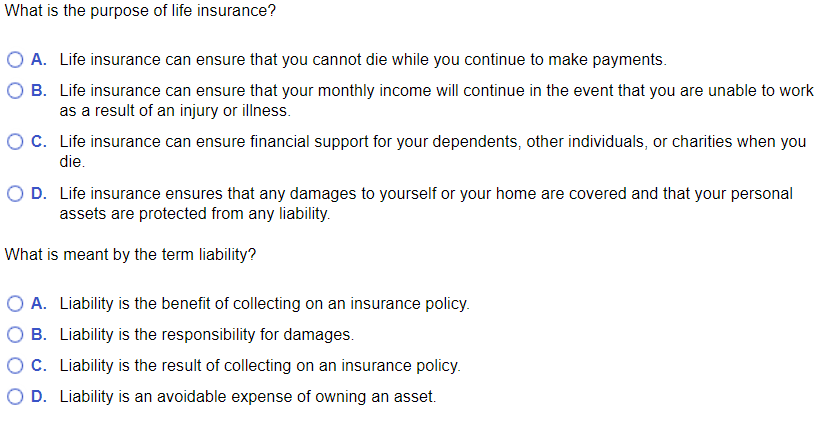Pacific Prime Fundamentals Explained
Pacific Prime Fundamentals Explained
Blog Article
The smart Trick of Pacific Prime That Nobody is Talking About
Table of ContentsAbout Pacific PrimeFacts About Pacific Prime RevealedThe 20-Second Trick For Pacific Prime6 Simple Techniques For Pacific PrimeTop Guidelines Of Pacific Prime

This is due to the fact that the data were accumulated for a duration of solid economic efficiency. Of the estimated 42 million people who were without insurance, just about about 420,000 (concerning 1 percent) were under 65 years of age, the age at which most Americans come to be eligible for Medicare; 32 million were adults in between ages 18 and 65, around 19 percent of all adults in this age; and 10 million were children under 18 years of age, concerning 13.9 percent of all children (Mills, 2000).
These quotes of the variety of individuals uninsured are produced from the yearly March Supplement to the Existing Population Study (CPS), carried out by the Demographics Bureau. Unless otherwise kept in mind, national quotes of people without medical insurance and proportions of the population with different type of insurance coverage are based on the CPS, the most extensively utilized source of price quotes of insurance protection and uninsurance rates.
Some Known Questions About Pacific Prime.

Still, the CPS is particularly helpful because it produces yearly price quotes fairly swiftly, reporting the previous year's insurance coverage approximates each September, and due to the fact that it is the basis for a constant set of estimates for even more than two decades, permitting analysis of trends in insurance coverage with time. For these factors, as well as the extensive usage of the CPS in various other researches of insurance policy coverage that are offered in this record, we rely upon CPS estimates, with limitations kept in mind.

The quote of the number of without insurance people increases when a population's insurance coverage status is tracked for a number of years. Over a three-year period starting early in 1993, 72 million people, 29 percent of the united state populace, lacked protection for at least one month. Within a single year (1994 ), 53 million individuals experienced at the very least a month without protection (Bennefield, 1998a)
Six out of every 10 uninsured adults are themselves used. Although functioning does enhance the probability that a person and one's member of the family will certainly have insurance coverage, it is not an assurance. Also members of households with two permanent wage earners have almost a one-in-ten opportunity of being uninsured (9.1 percent uninsured rate) (Hoffman and Pohl, 2000).
See This Report on Pacific Prime
New immigrants make up a substantial percentage of individuals without medical insurance. One analysis has associated a significant portion of the current development in the size of the united state without insurance population to immigrants who got here in the nation between 1994 and 1998 (Camarota and Edwards, 2000). Recent immigrants (those that pertained to the USA within the past 4 years) do have a high rate of being without insurance (46 percent), but they and their children represent simply 6 percent of those without insurance country wide (Holahan et al., 2001).
The partnership between medical insurance and access to care is well developed, as documented later in this phase. The partnership between health insurance coverage and health and wellness outcomes is neither direct neither straightforward, an extensive clinical and wellness solutions research study literature links health insurance policy protection to better accessibility to care, much better high quality, and enhanced personal and populace wellness condition.
Levels of evaluation for checking out the results of uninsurance. This conversation of medical insurance coverage concentrates mostly on the U.S. population under age 65 because virtually all Americans 65 and older have Medicare or various other public insurance coverage. In addition, it concentrates see here especially on those with no medical insurance for any length of time.
The Facts About Pacific Prime Uncovered
The issues dealt with by the underinsured are in some aspects comparable to those faced by the uninsured, although they are usually less severe. Health insurance policy, nevertheless, is neither required neither enough to obtain accessibility to medical solutions. The independent and straight effect of wellness insurance policy coverage on accessibility to health and wellness services is well developed.
Others will get the healthcare they require also without health and wellness insurance coverage, by paying for it expense or seeking it from service providers who offer treatment cost-free or at extremely subsidized rates. For still others, health and wellness insurance alone does not make certain receipt of care as a result of various other nonfinancial obstacles, such as an absence of health care service providers in their community, minimal accessibility to transportation, illiteracy, or etymological and social distinctions.
About Pacific Prime
Formal research study regarding without insurance populaces in the United States dates to the late 1920s and early 1930s when the Committee on the Price of Healthcare produced a series of reports regarding funding physician workplace check outs and hospitalizations. This issue ended up being significant as the numbers of clinically indigent climbed up during the Great Anxiety.
Report this page